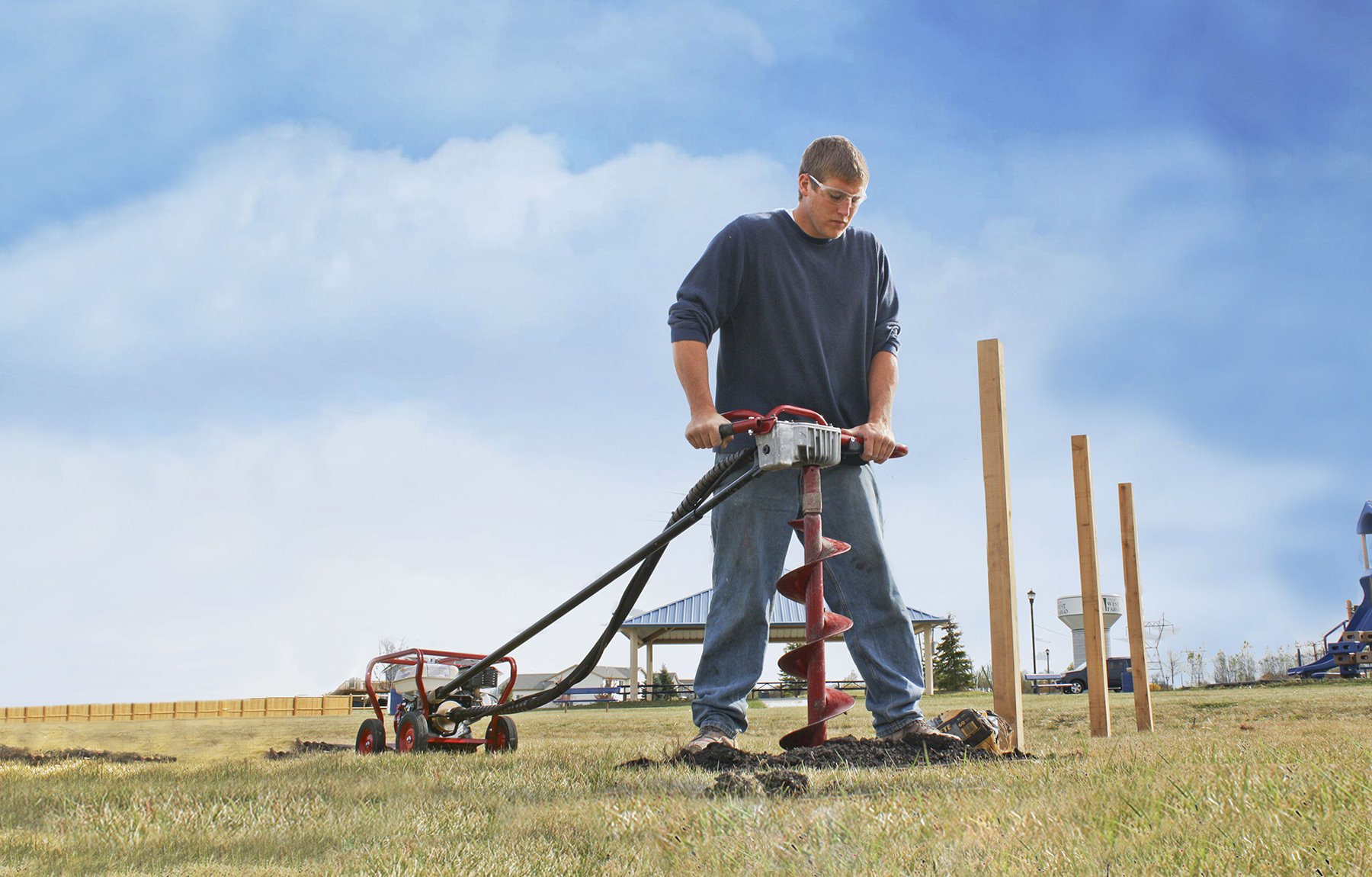
A Formula for Increased Fencing Profit
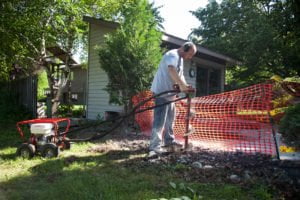
There’s a lot of math involved in running a fencing company. Calculating the time required to complete a job, the number of crew members that will be needed on site, how many jobs the operation can take on and the cost of materials is just the beginning to ensure the business will be profitable. Every opportunity to reduce the time spent on the installation process and maximize resources on the jobsite has a direct impact on the bottom line.
A significant line item in any fencing operation’s calculation is its equipment cost. Most residential fence installers invest in an earth drill to speed up the posthole digging process.
This key piece of equipment has a big impact on a fencing crew’s productivity, and, with the right features, this expense can lead to a big boost in the bottom line.
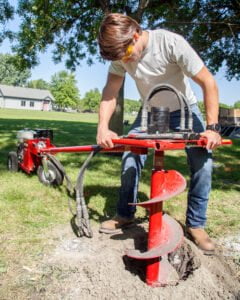
One is Less Than Two
There are many portable earth drill options on the market, but most require two-man operation for safety. When an earth drill hits an obstacle underground, it can jerk and jar the operator with enough force to result in injury. Because this is so dangerous, most drills require two operators to hold the drill steady and combat these effects. However, Little Beaver’s torque tube makes one-man drilling possible with both our Mechanical and Hydraulic Earth Drills by redirecting kickback to the engine carriage as opposed to the handles.
When you can subtract one operator from the drilling process, the labor cost for that step is cut in half. Multiply that by dozens of postholes for a single fencing job and the savings add up. The second crew member can be reassigned elsewhere, such as following behind and placing the fence posts, to optimize the workforce on the jobsite.
Double Drilling Speed
Ready for more math? One of the key advantages of our Mechanical Earth Drill is its operational speed — the auger can rotate at up to 360 RPM. Most other drills can’t meet this speed in a one-man drilling package and it’s common to see competitive drills operating at half that pace.
The Mechanical Earth Drill can create a posthole in less than one minute, cutting down on drilling time and speeding up the installation process. The fast rotation speed also creates a smoother, cleaner hole than other posthole digging options, reducing time required to prepare the hole for the fence post. By cutting back on time spent digging, contractors can complete more projects in less time, bringing additional income into the equation.
Do The Math
The common denominator leading to one-man drilling and increased drilling speed is Little Beaver’s Mechanical Earth Drill. With reduced labor requirements and improved safety features, our earth drills provide both short- and long-term financial benefits.
Calculate your potential savings! Learn more about how Little Beaver earth drills can increase fencing revenue with faster drilling today.
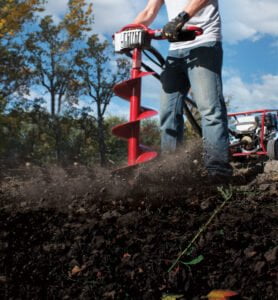
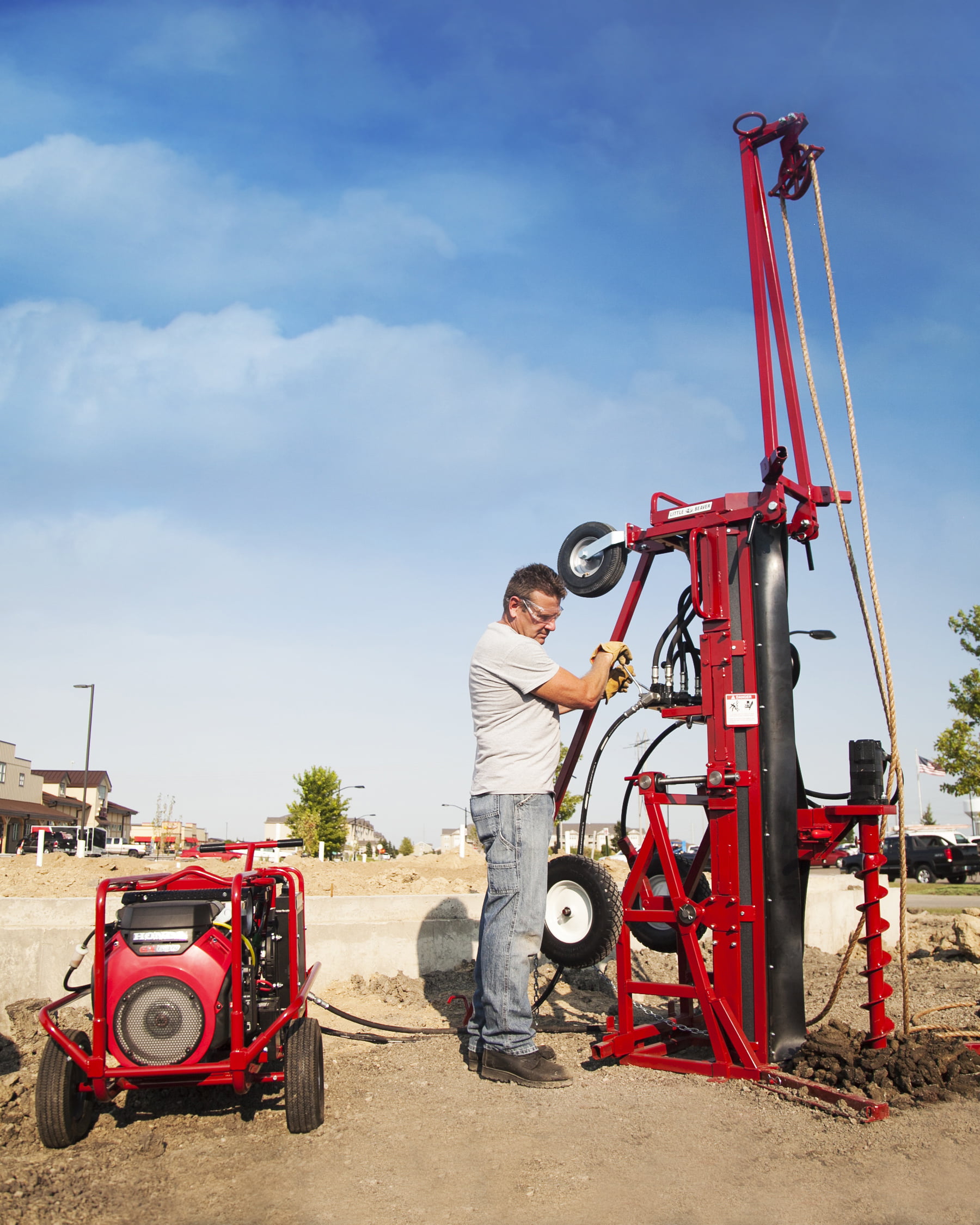


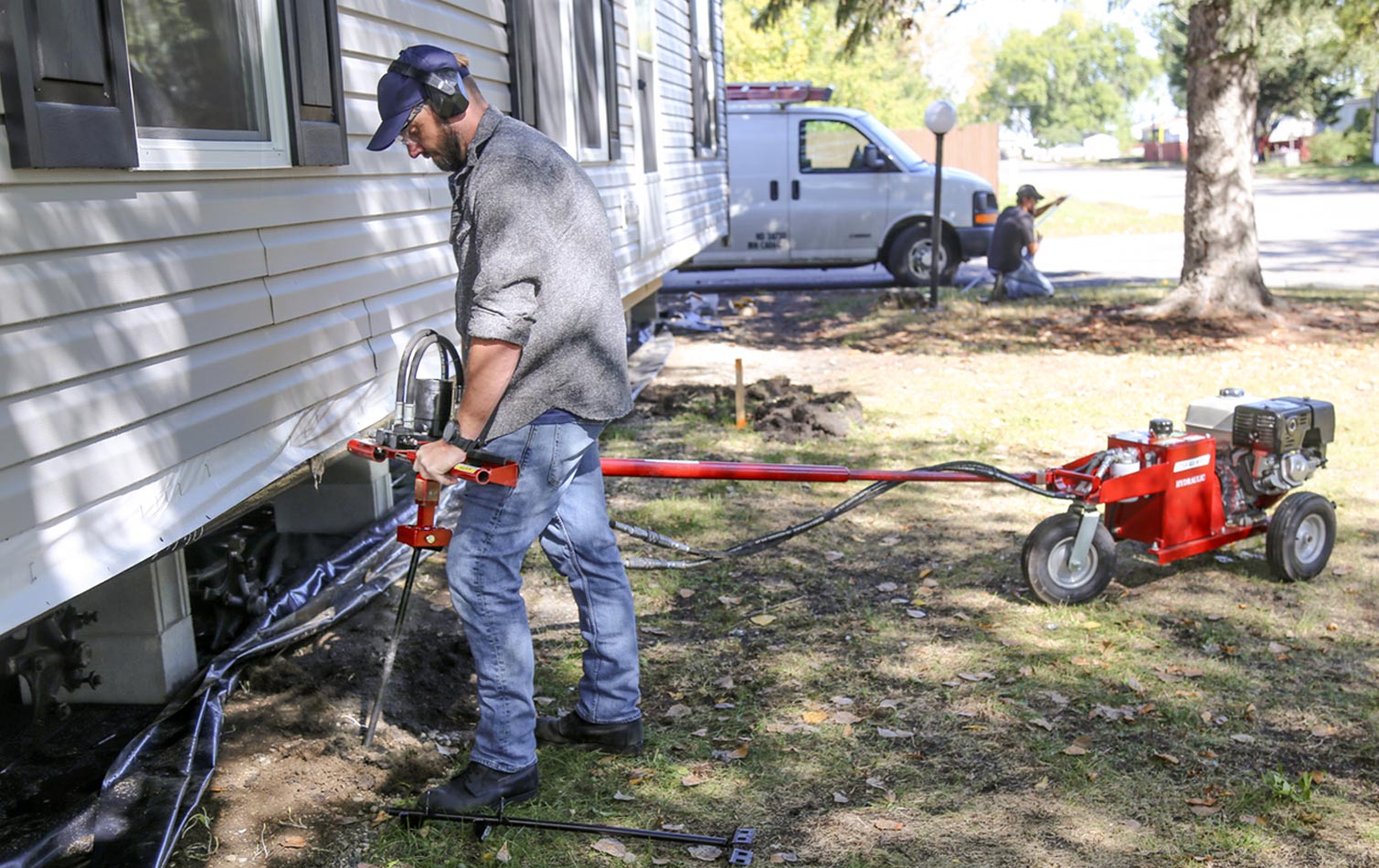
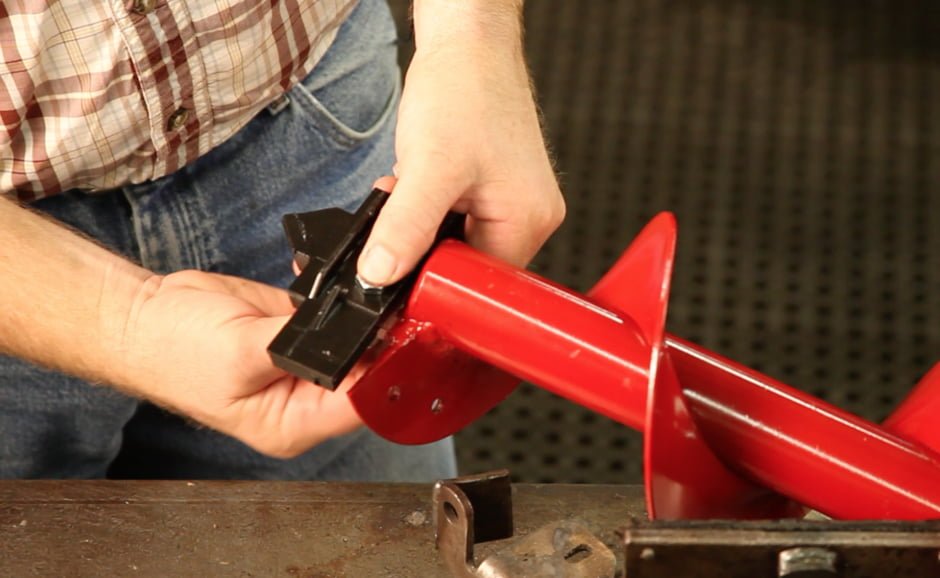

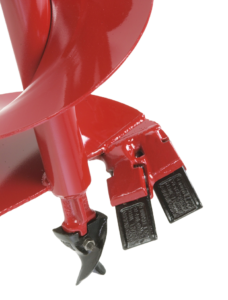
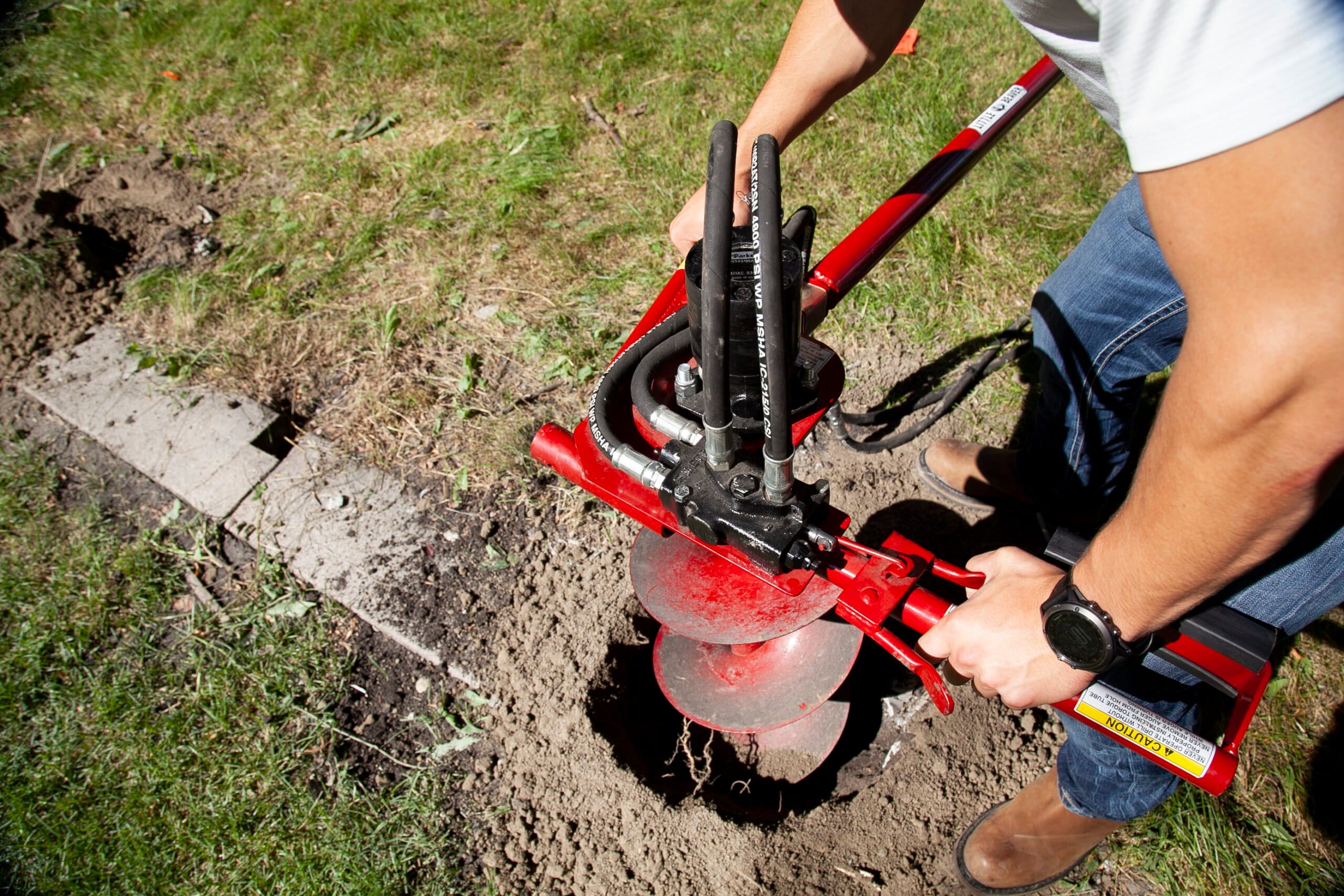
 Depending on the project, you might find that a mechanical earth drill performs better than a hydraulic earth drill. However, the
Depending on the project, you might find that a mechanical earth drill performs better than a hydraulic earth drill. However, the  Our
Our 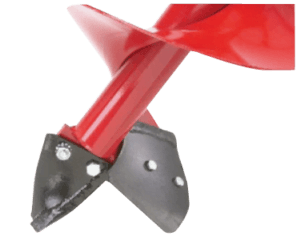 Auger selection can be just as important as drill selection. Roughly 80% of projects will use a standard auger with standard
Auger selection can be just as important as drill selection. Roughly 80% of projects will use a standard auger with standard